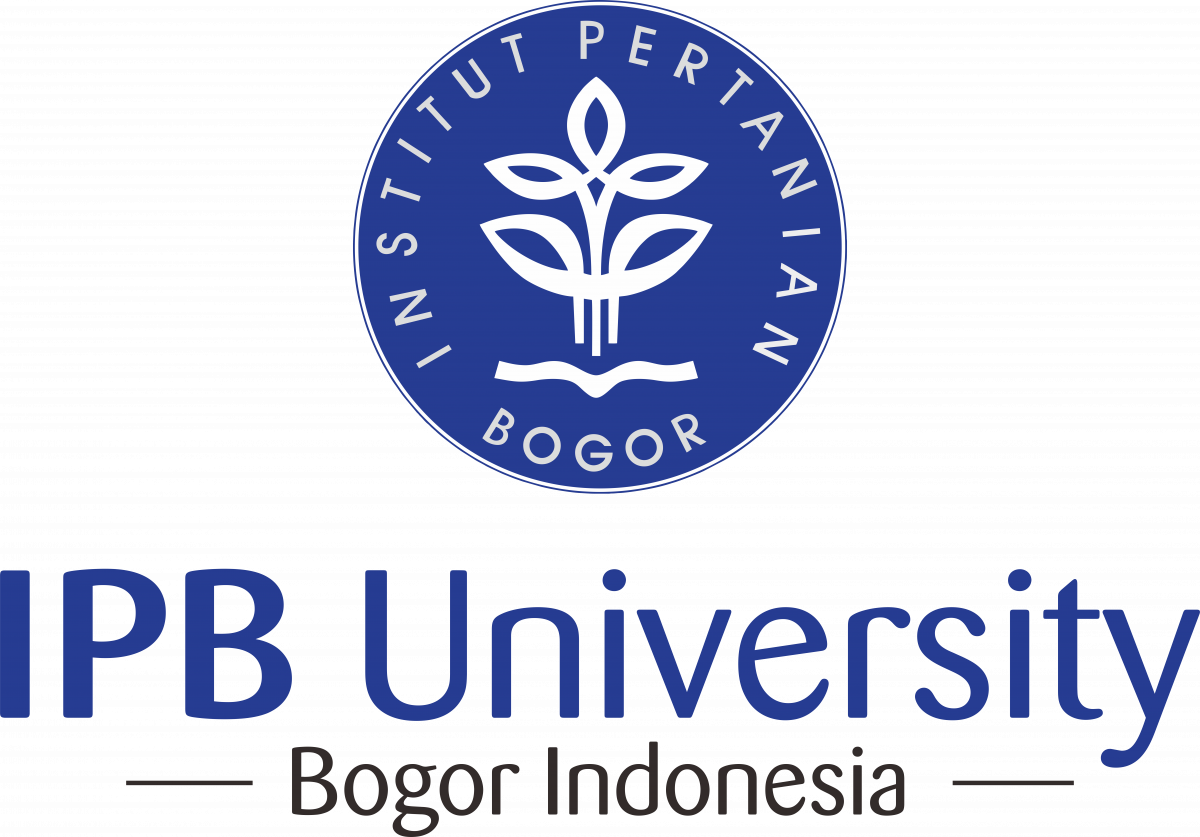Bioethanol Production from Tapioca-Waste as Potential Additive Fuel for LCGC (Low-Cost Green Car)
Abstract
The majority style of people in transportation is 24% contribute to increasing premium demand as energy. Unfortunately, fossil fuel is not renewable and limited quantity. Its means, potential biomass of tapioca waste should be an alternative energy source to solve that problem. Today, the biosystem of bioethanol production needs to be optimized to maximize filtration and minimize the production cost. First, composition and time incubation needs to be optimized. The research found that to fermented 50 g waste on 200 mL water, we need 2 g of yeast, and the time of harvesting optimum is fourth days with 17% ethanol. Without acid hydrolyze, tapioca waste in yeast fermentation serves 2600 ppm glucose on the first day and increases significantly on the second day with 2964.77 ppm glucose. This concentration found by DNS (Dinitrosalicylic acid) method. Yeast is the subject that converts glucose on medium to be ethanol. Secondly, that medium distillate gets pure ethanol. Thirdly, this ethanol mix with premium in some concentration, include 0%, 10%, 20%, 30%, 40%, 50%. This variant would do test emission to understand the advantages of tapioca bioethanol compare to fossil fuel. The result of this research should be support government to enhance LCGC (Low-cost green car) program to achieve lower air pollutants, green energy resolution, and cleaner production in tapioca industry.
Key Word: bioethanol, emission, formulation, LCGC, tapioca,
Copyright (c) 2019 Current Biochemistry

This work is licensed under a Creative Commons Attribution-ShareAlike 4.0 International License.












